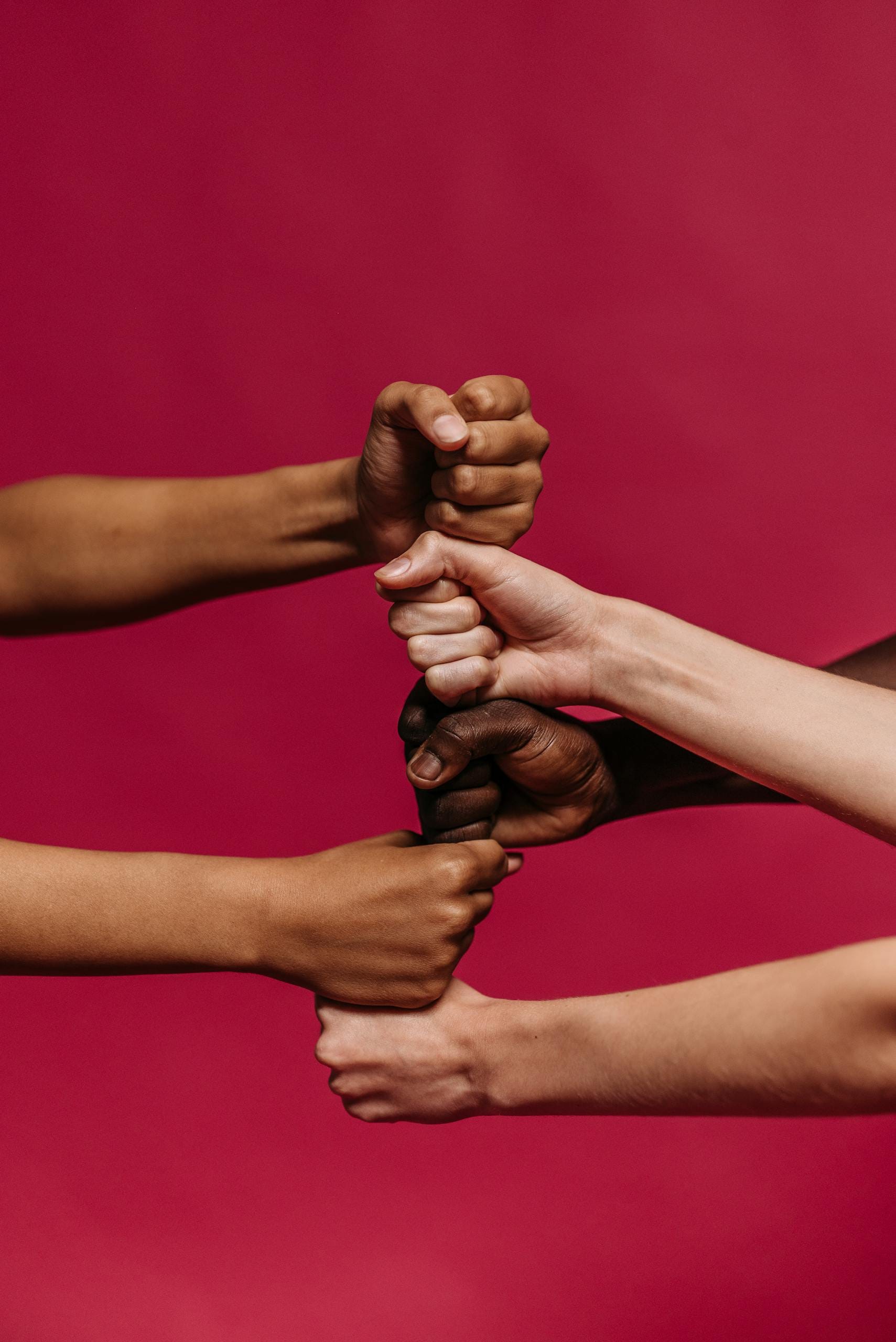Social Connections
The idea that we’re influenced by our social connections is pretty mind-blowing, and nobody showed this better than Nicholas Christakis and James Fowler in their famous book “Connected” (2009). They found that behaviors and traits can spread through social networks like a ripple effect – kind of like a social contagion!
Here are some of their key findings (and they’re wild):
- Three Degrees of Influence Rule 🎯
- Your friends influence you
- Your friends’ friends influence you
- Even your friends’ friends’ friends influence you!
- But it usually stops at three degrees
- Some real-world examples they found:
- If your friend becomes obese, you’re 45% more likely to gain weight
- If your friend quits smoking, you’re 36% more likely to quit too
- Even happiness is contagious! A happy friend increases your chance of being happy by 9%
Other researchers have backed this up:
Solomon Asch’s conformity experiments (1950s) showed that people will often go along with a group’s wrong answer even when they know it’s incorrect (yikes, right?).
The Framingham Heart Study (which Christakis and Fowler analyzed) showed how health behaviors spread through social networks over 32 years – pretty incredible longitudinal data!
Modern research has added some interesting twists:
- Social media influence: We’re now influenced not just by real-life connections but also by our online networks
- The “echo chamber” effect: We tend to surround ourselves with people who think like us, which reinforces our existing beliefs
- Identity fusion: Strong social bonds can make group identities become part of our personal identity
Social Influence and Behavior
Social influence is a powerful force that shapes our behaviors often without us even realizing it. Jonah Berger’s work, as outlined in his book “Invisible Influence: The Hidden Forces That Shape Behavior,” highlights how our actions are influenced by those around us. For example, if everyone at your workplace is wearing “I voted” stickers, you might be more likely to vote, even if you hadn’t planned to initially. Similarly, fashion trends can influence your clothing choices, making you purchase items that are currently popular among your peers.
The Impact of Peer Groups
The people you surround yourself with can significantly affect your potential and behaviors. The concept that “you are the average of the five people you spend the most time with” suggests that the standards, attitudes, and behaviors of your close associates can rub off on you. If you are surrounded by high-achievers with positive outlooks, you are more likely to adopt similar traits and strive for continuous improvement. Conversely, being around people with low standards can lead to complacency and a perception that you are doing enough, even if you haven’t reached your full potential.

Contagion of Emotions, Attitudes, and Behaviors
Nicholas Christakis and James Fowler’s research on social networks underscores the idea that emotions, attitudes, and behaviors are contagious. Their studies have shown that if your friends are happy, you are more likely to be happy; if your friends gain weight, your risk of gaining weight increases; and if your friends smoke, you are more likely to smoke. This contagion effect is not limited to immediate friends but can also extend through social networks, influencing behaviors over long distances and time periods.
Environmental Assessment and Choice
To harness the positive aspects of social influence, it’s crucial to assess and choose your environment carefully. Andrew Quagliata suggests that you should evaluate the normative attitudes, feelings, and behaviors of the people you spend most time with and align them with your desired outcomes. If your current environment does not support your goals, it may be necessary to make changes, such as spending more time with people who inspire and motivate you.
Personal and Professional Implications
The people around you can influence not just your personal life but also your professional success. Surrounding yourself with a supportive and growth-oriented network can enhance your career satisfaction and opportunities. For example, working in an organization with a positive culture and a supervisor who encourages growth can significantly impact your career trajectory and overall life satisfaction.
In conclusion, the influence of the people around you is a pervasive and powerful force that can shape your behaviors, attitudes, and life outcomes. By understanding and leveraging this influence, you can make conscious choices to surround yourself with people who support your goals and help you achieve your full potential. The research by Christakis, Fowler, and others underscores the importance of being mindful of the social environment and its impact on our lives.
Quick tips for using this knowledge:
- Be mindful of who you spend time with
- Recognize that habits (good and bad) can be “catching”
- Use social influence positively by connecting with people who inspire you
- Be aware of your own influence on others
Remember, you’re not just influenced by your social circle – you’re also influencing them! Pretty powerful stuff when you think about it.
References:
- Christakis & Fowler (2009) “Connected: The Surprising Power of Our Social Networks”
- Asch, S. E. (1951) “Effects of group pressure upon the modification and distortion of judgment”
- The Framingham Heart Study (1948-present)
- Recent studies on social media influence from MIT Media Lab
- Reviews – Invisible Influence · With great insight, Jonah Berger removes the cloak of invisibility from powerful sources of influence and resolves fascinating mysteries.







